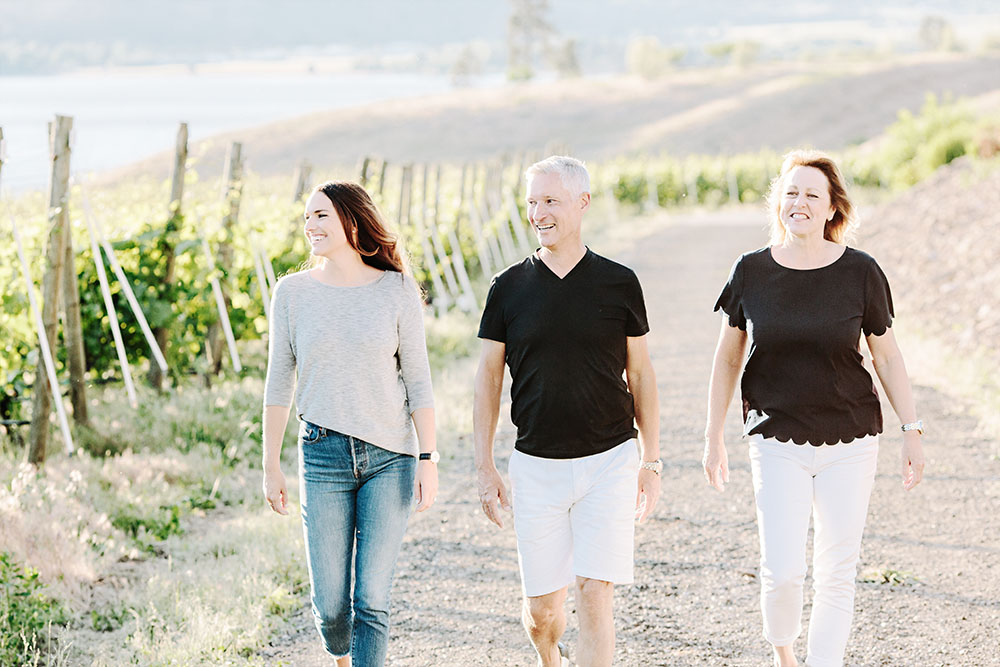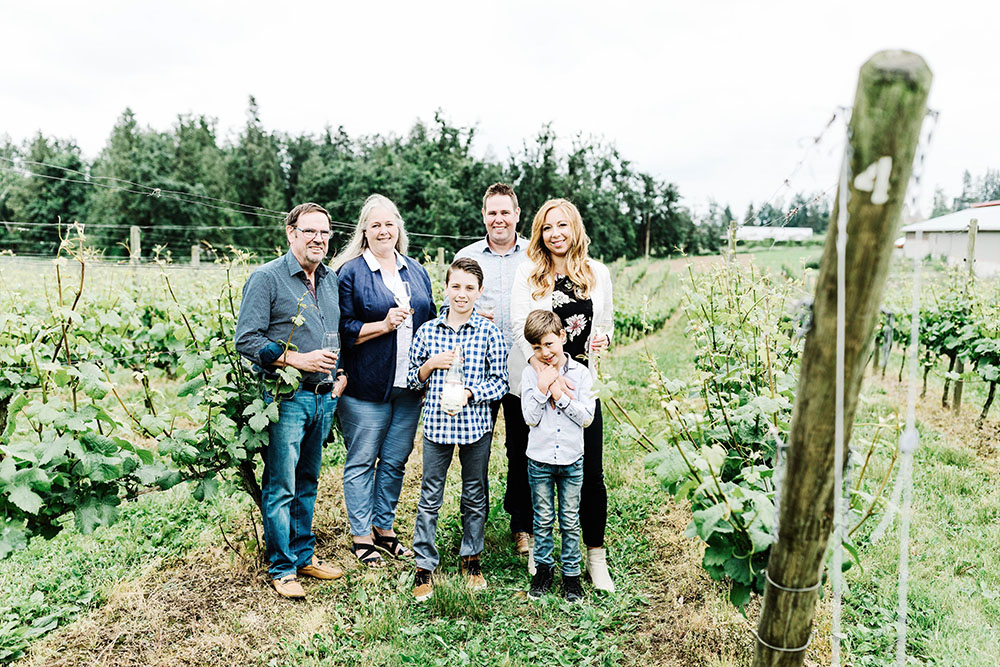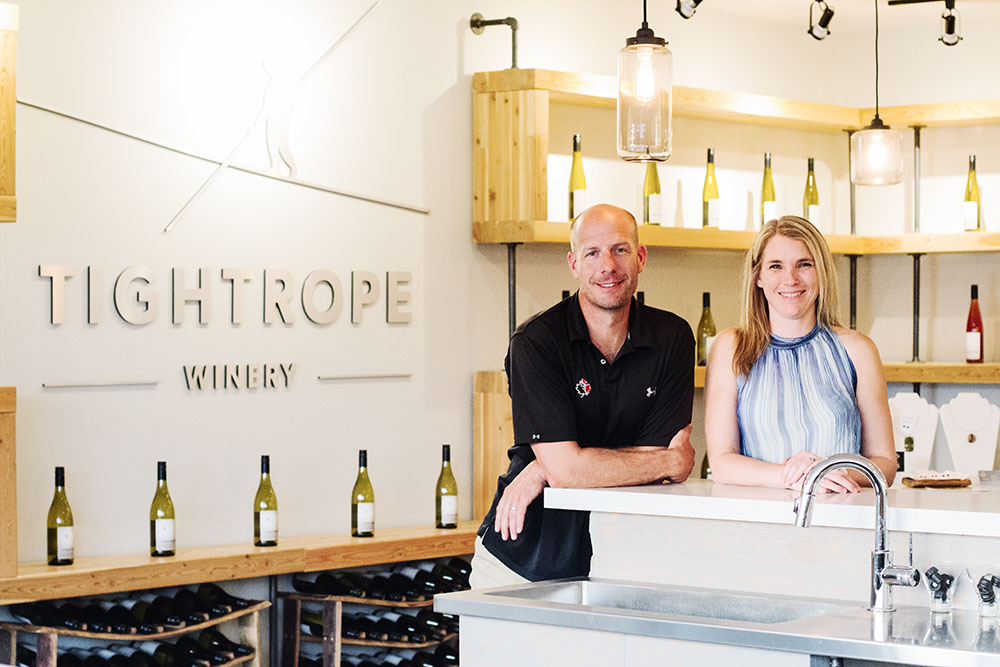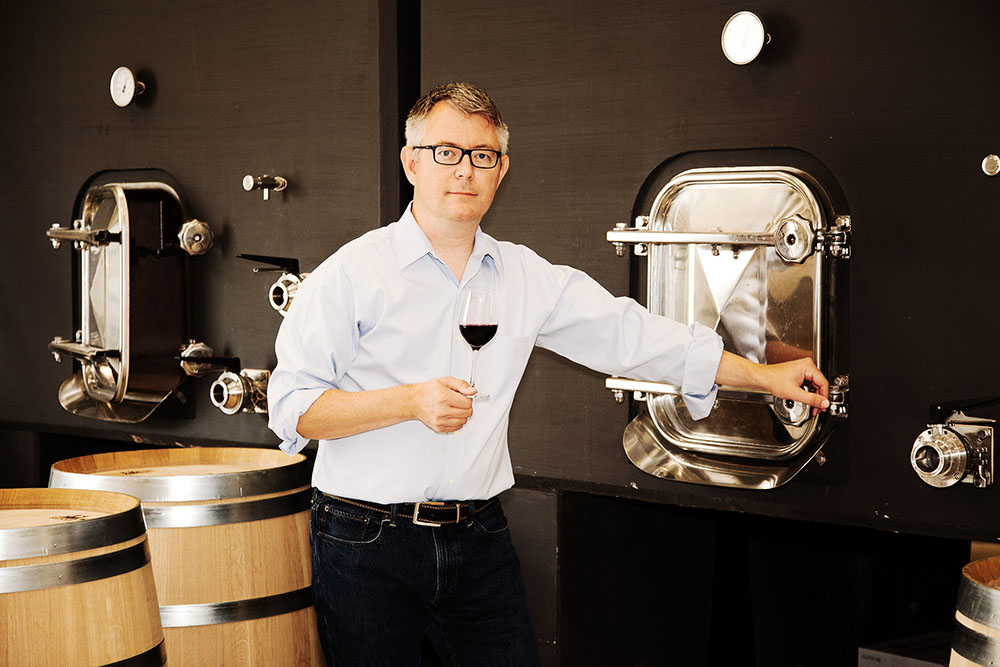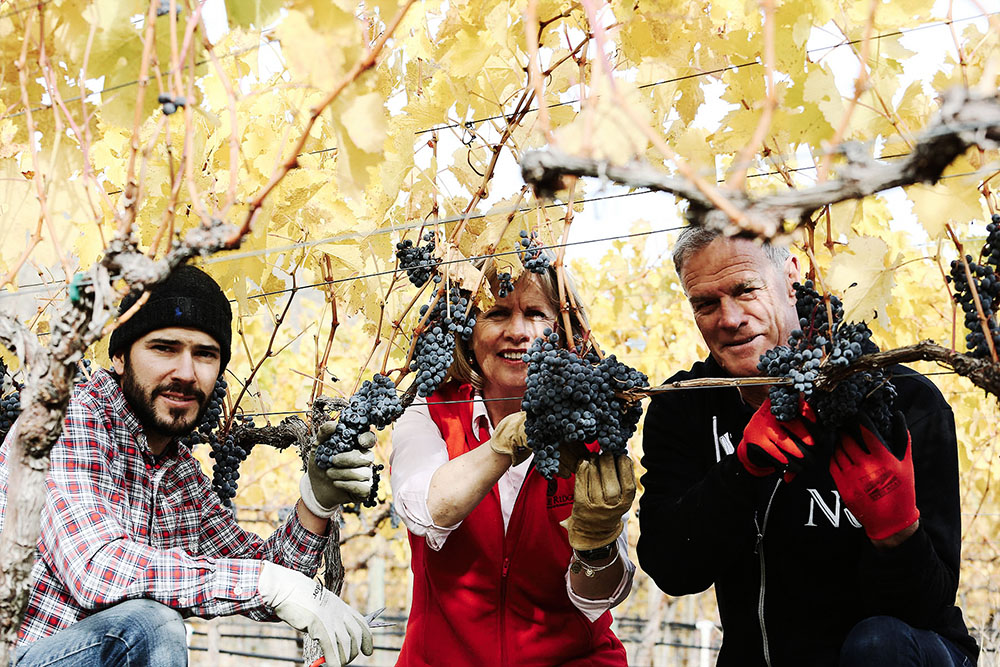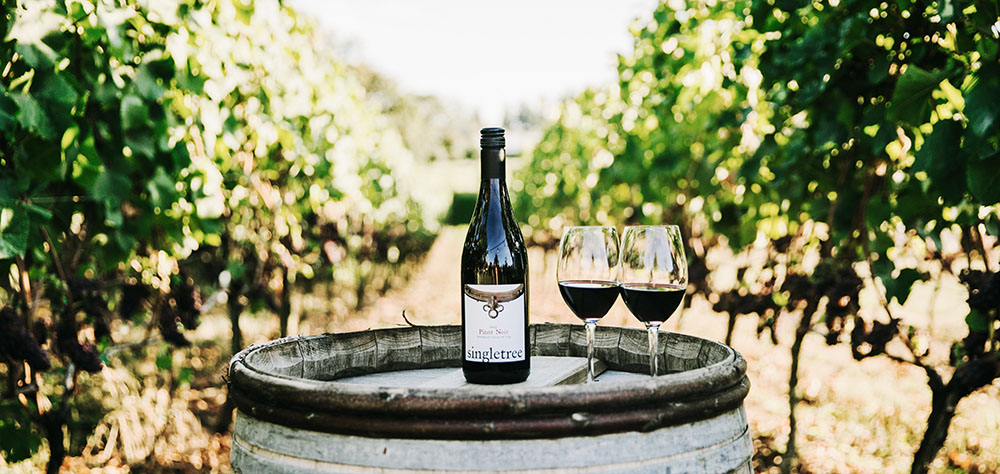As yet there’s no official action for the South Okanagan, although the east Osoyoos benchlands, Balck Sage Bench, and west Osoyoos benches are all general possibilities that will likely emerge.
To put it mildly, BC has been well behind the eight ball when it comes to adopting a system of appellations and sub-appellations now commonplace across the wine world. And as BC flexes its export muscle (based on quality not volume) it’s becoming more apparent that such a system in harmony with leading wine producing areas is a necessity, not an option.
Painted Rock owner John Skinner—a key mover behind the Skaha Bluffs Sub GI proposal—sees it this way:
“We have show some conformity by international standards. Even though it still feels like the early stages, in the international market, even just a few years ago, we were the new kid that no one wanted to talk to. And now we’re the new kid that everyone wants to talk to,” says Skinner.
The Painted Rock owner was one of the first to see the potential in developing relationships from Beijing to Bordeaux. Working with renowned consultant Alain Sutre, he has a strong connection to the latter and now has listings on top wine lists in that city, as well as in London.
Skinner has seen the reaction to Canadian wines shift from curiosity to conviction that the Okanagan now ranks as a ‘serious’ producer. And while wine geeks may get excited about an ‘undiscovered’ region, that’s not enough, he insists.
A developed appellation system that “peels away the layers, from Canada to the Okanagan and then specific areas” says Skinner, “adds up to a wonderful coming of age initiative that’s going to help us refine our messaging to the international community, as well as to local wine consumers.”
“For us, Skaha Bench needs to be separate” (from Naramata and Okanagan Falls), he says. “It really does have very specific relevance to what makes it tick, and that’s the lake influence, as well as our unique position. The sun goes down very late where we are, though a ‘V’ in the hills.”
Skinner feels strongly that there’s an enormous collective benefit from having “that extra line on on a label.”
“It’s all about engaging and respecting the consumer,” he says.

